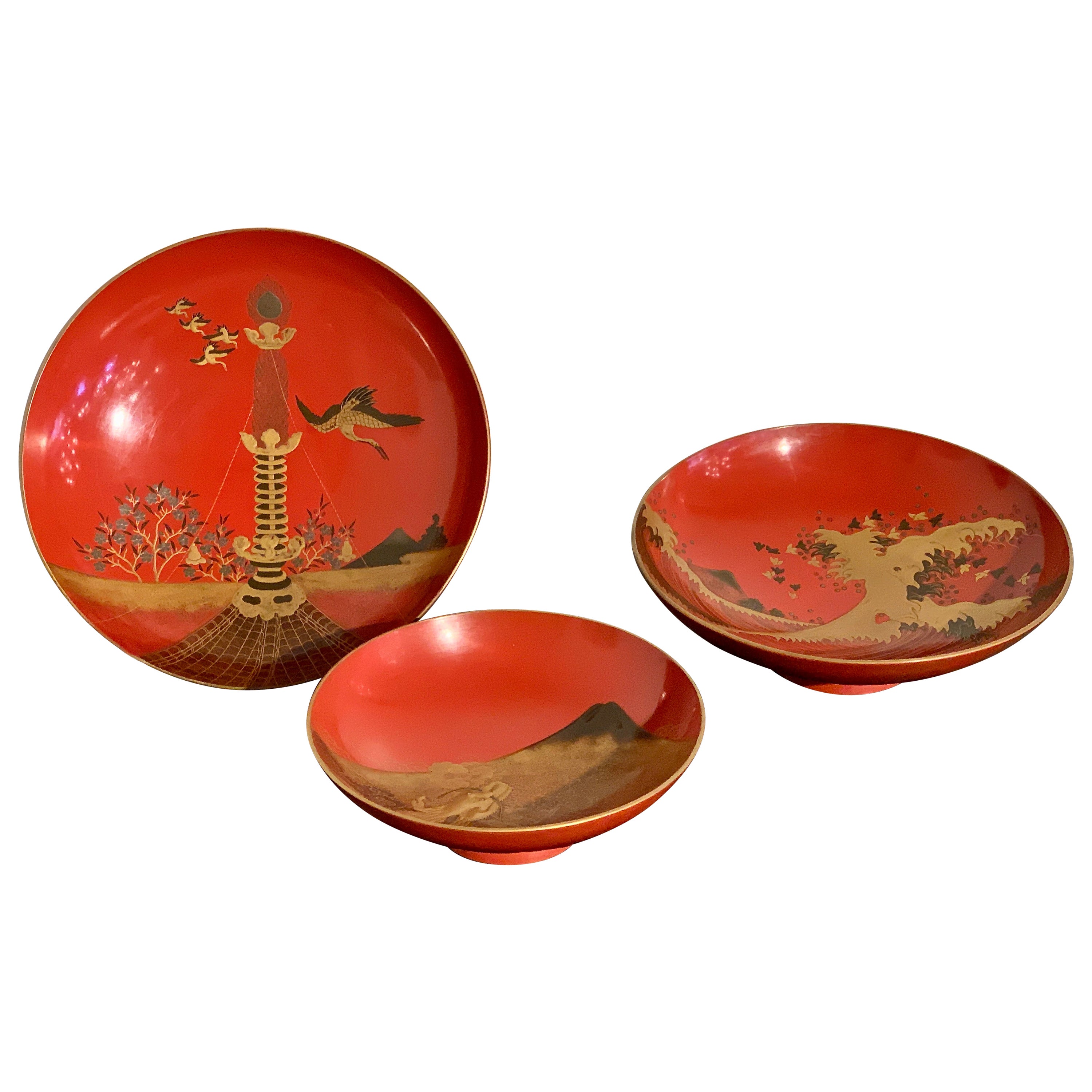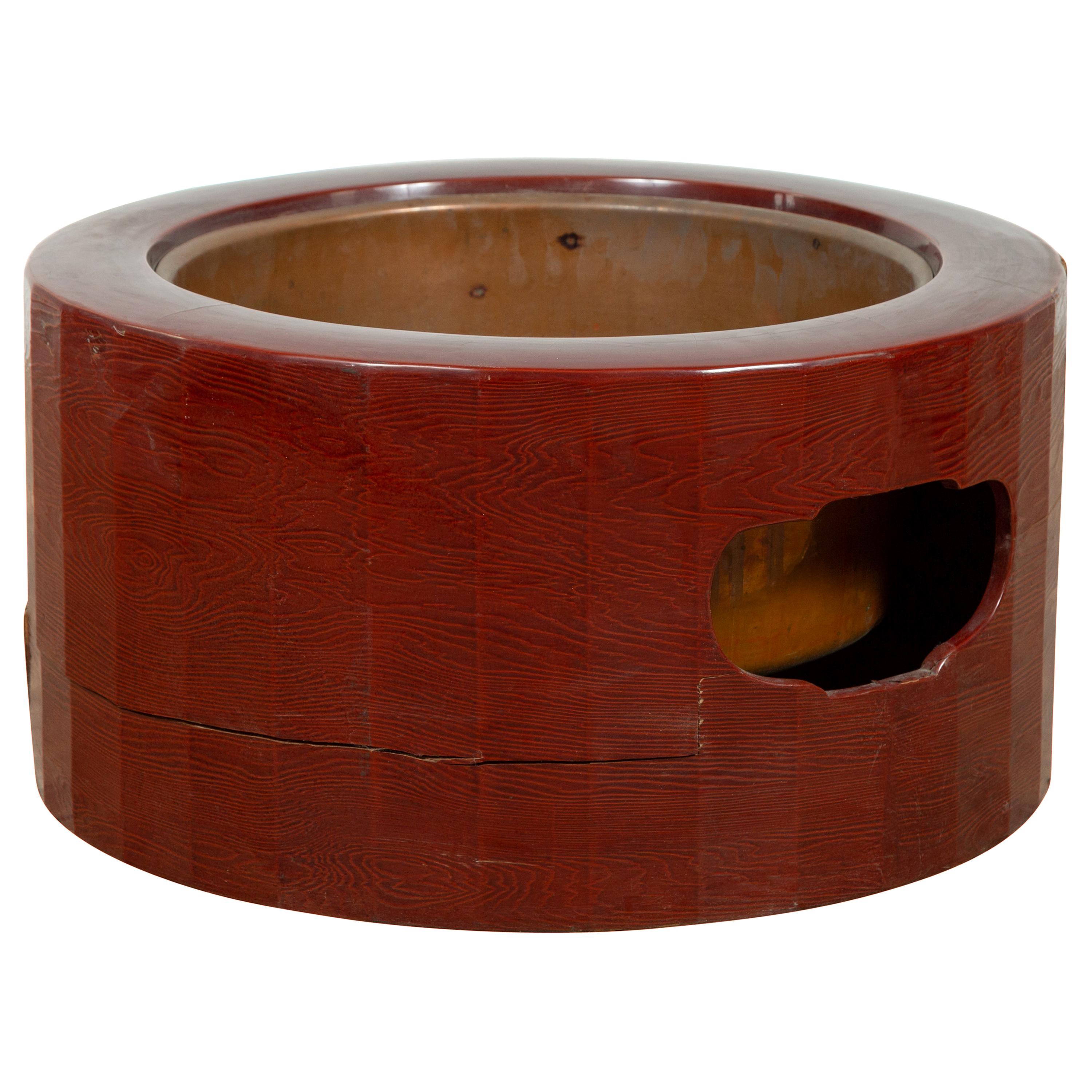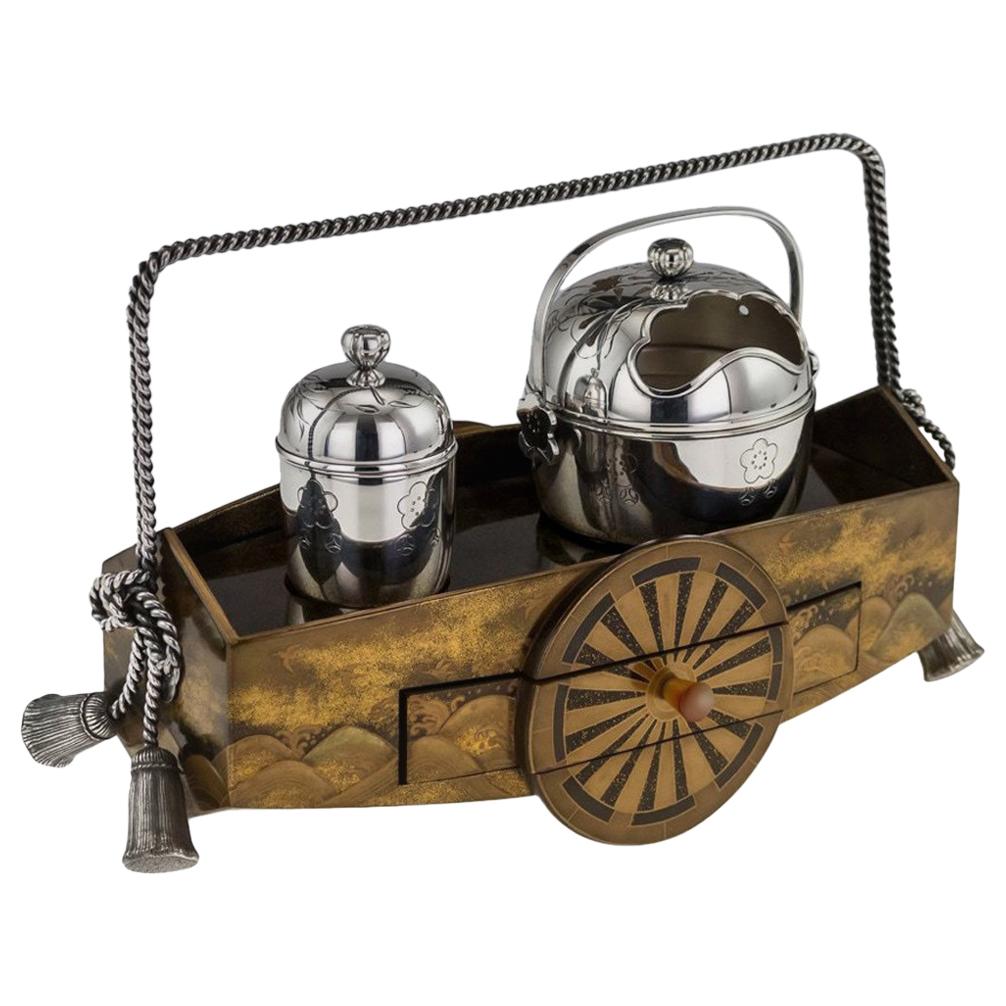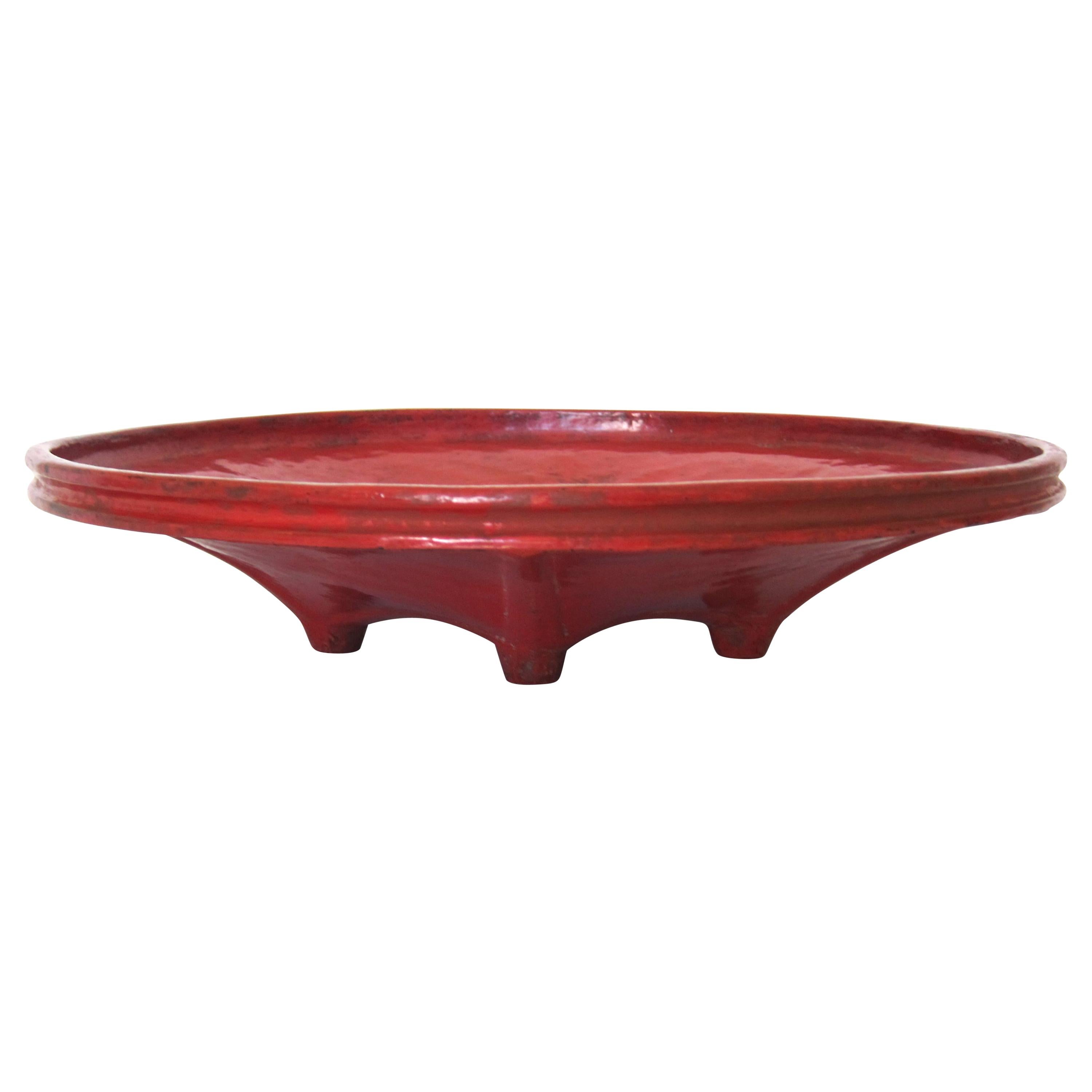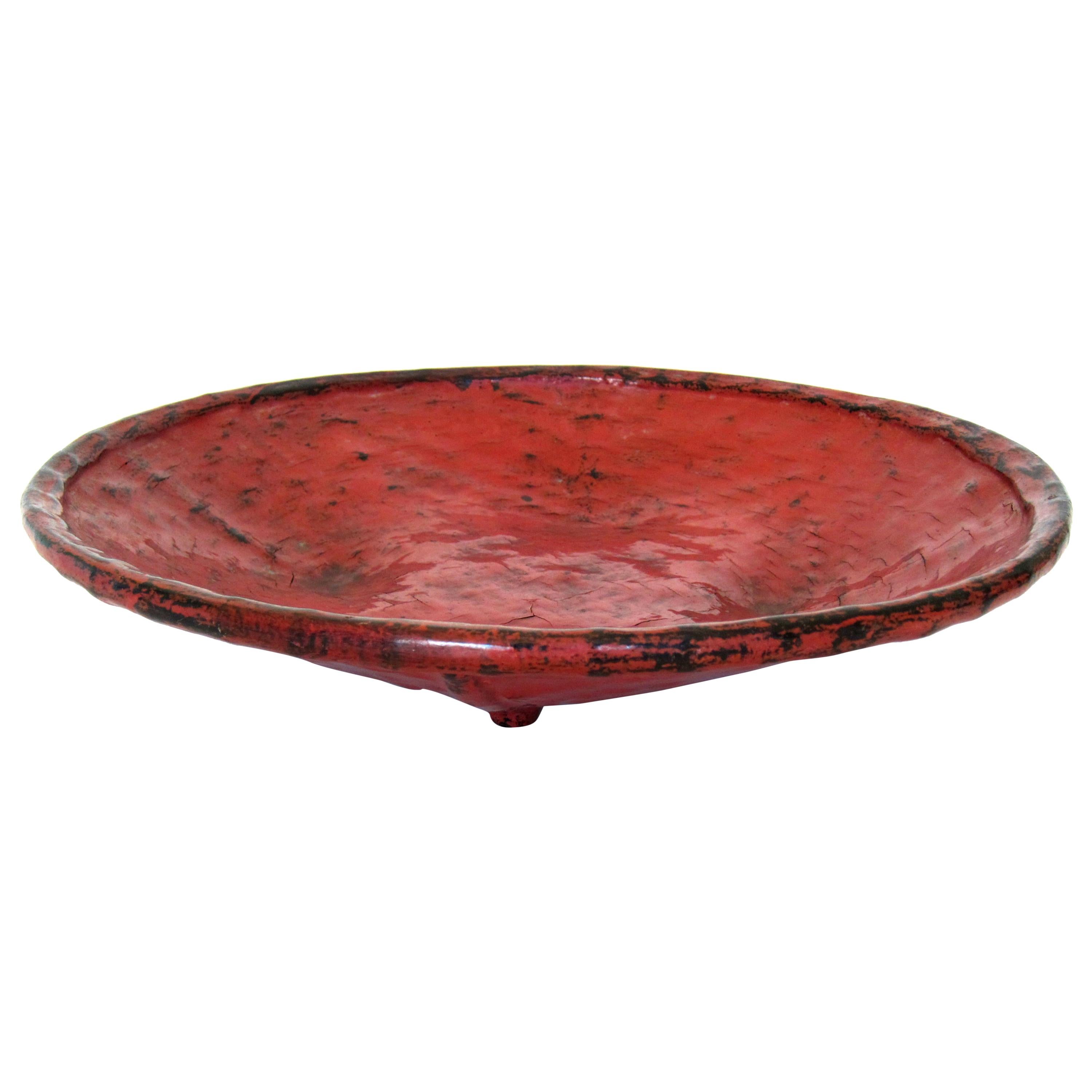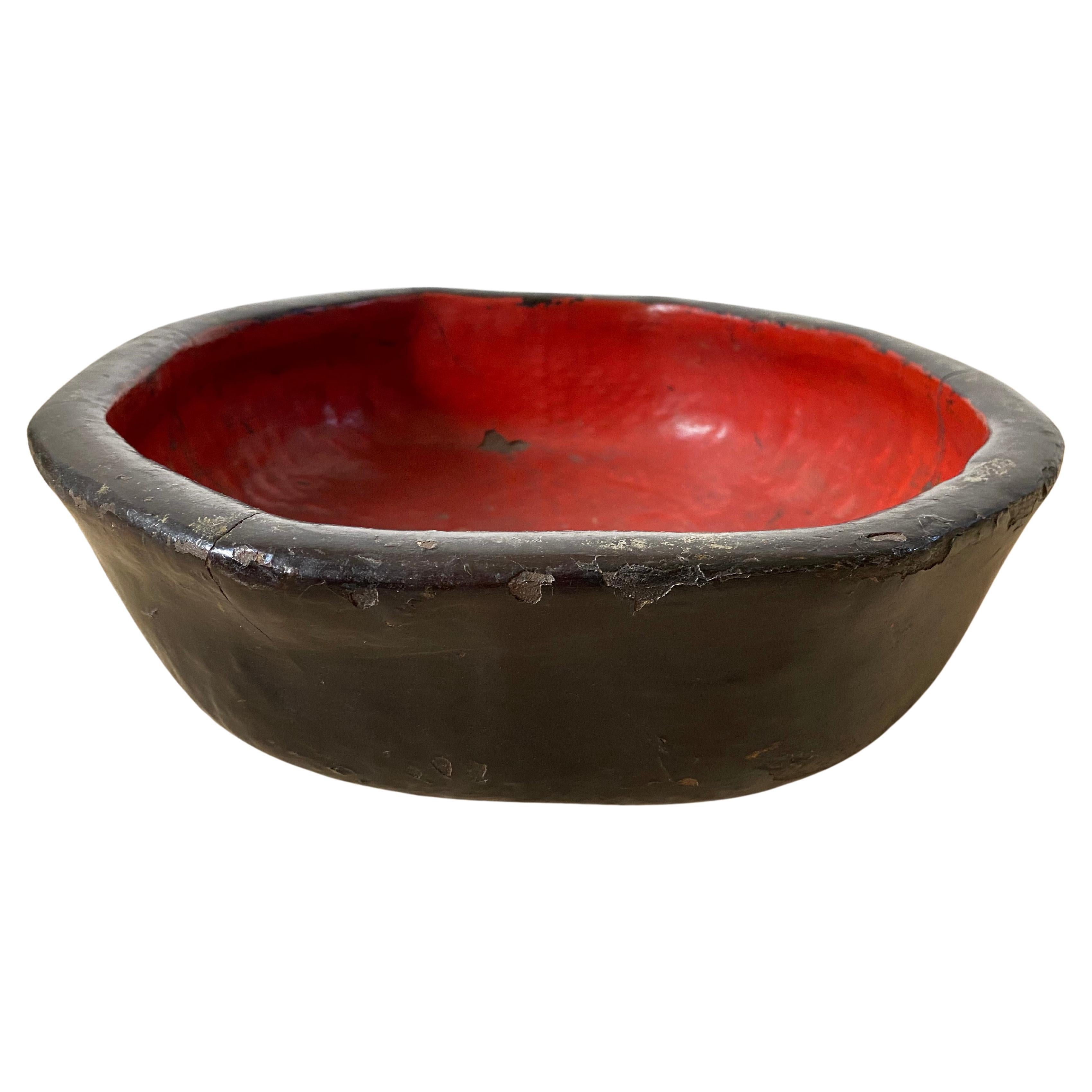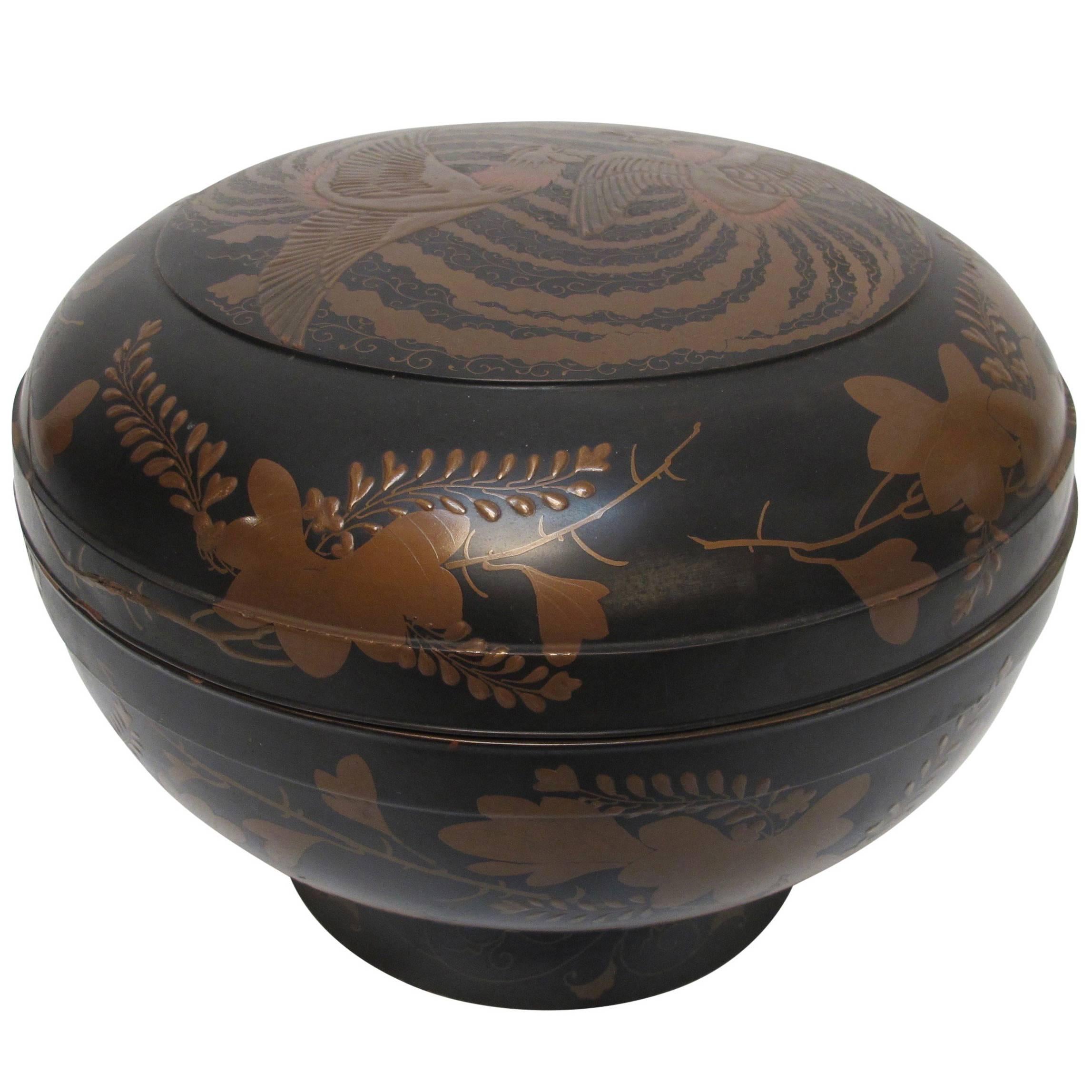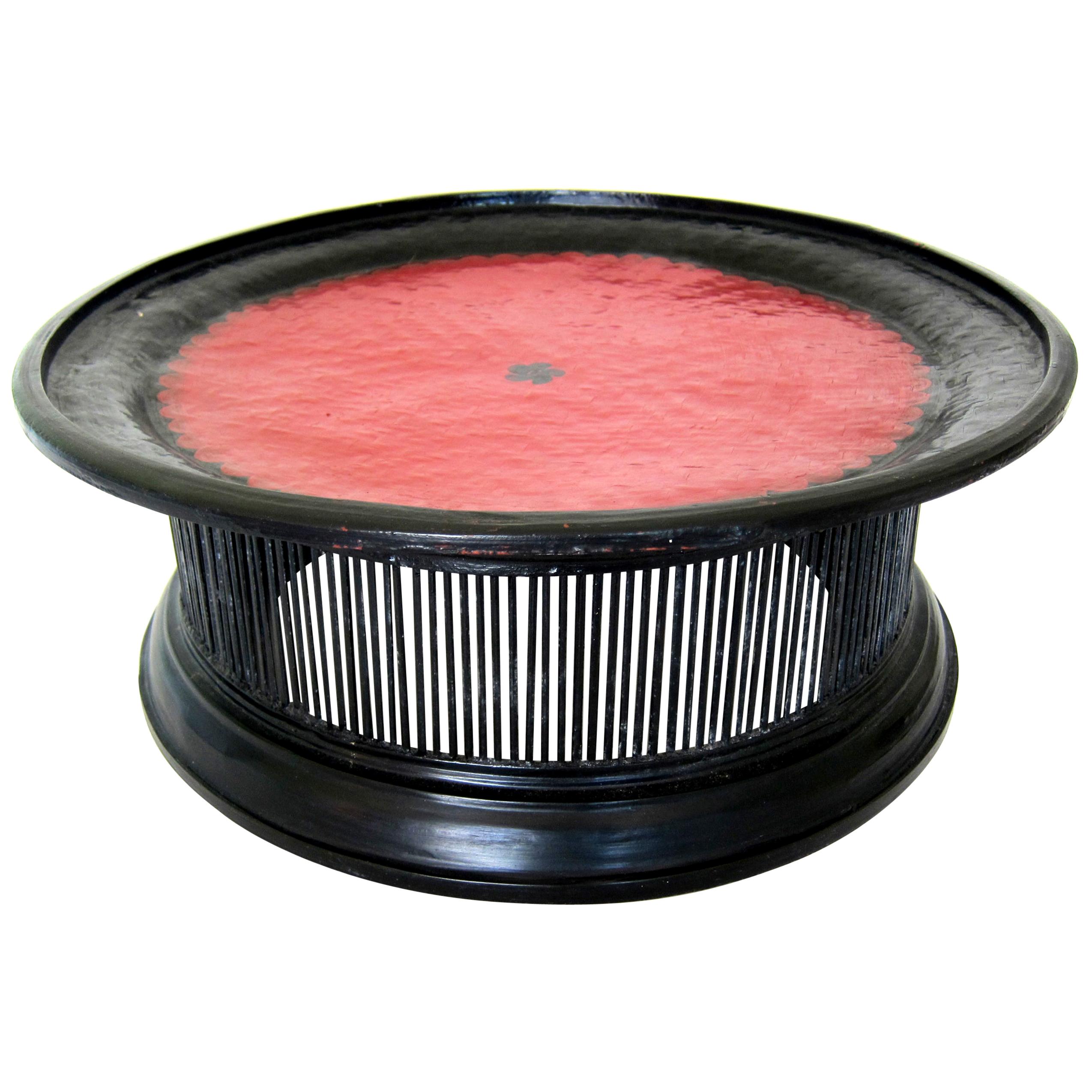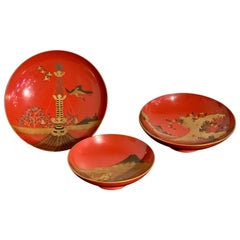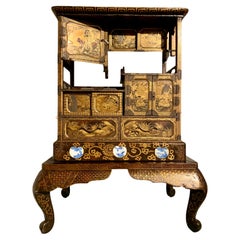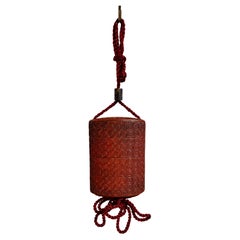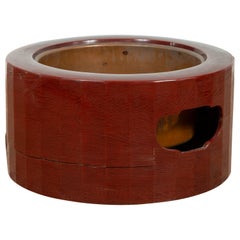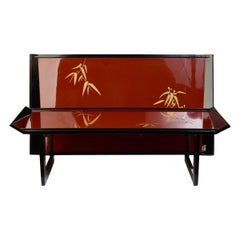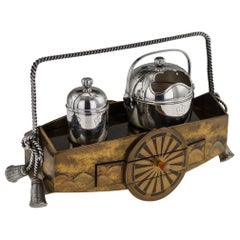
Japanese Lacquer Tray by Zohiko, Meiji Period, Early 20th Century, Japan
View Similar Items
Want more images or videos?
Request additional images or videos from the seller
1 of 16
Japanese Lacquer Tray by Zohiko, Meiji Period, Early 20th Century, Japan
About the Item
- Creator:Zōhiko Studio (Workshop/Studio)
- Dimensions:Height: 1.75 in (4.45 cm)Width: 10 in (25.4 cm)Depth: 9.25 in (23.5 cm)
- Style:Taisho (Of the Period)
- Materials and Techniques:
- Place of Origin:
- Period:
- Date of Manufacture:circa 1920
- Condition:Wear consistent with age and use. Minor losses. Minor structural damages. Minor separation to the bottom corners, with associated lacquer loss. Please see photos for details.
- Seller Location:Austin, TX
- Reference Number:1stDibs: LU894726138502
About the Seller
5.0
Platinum Seller
These expertly vetted sellers are 1stDibs' most experienced sellers and are rated highest by our customers.
Established in 2001
1stDibs seller since 2010
306 sales on 1stDibs
Typical response time: 1 hour
More From This SellerView All
- Japanese Lacquer Sake Cups, Set of 3, Meiji Period, Early 20th Century, JapanLocated in Austin, TXA finely decorated set of 3 red lacquer sake cups, sakazuki, featuring views of Mt. Fuji, Meiji period, circa 1900, Japan. The lacquer sake cups, called sakazuki, of traditional p...Category
Antique Early 1900s Japanese Meiji Lacquer
MaterialsLacquer
- Japanese Lacquer Display Cabinet on Stand, Meiji Period, 19th Century, JapanLocated in Austin, TXA spectacular Japanese lacquer and porcelain inlaid display cabinet on stand, kazaridana, Meiji Period, late 19th century, Japan. The sumptuous kazaridana of traditional display cabinet form, with several shelves and enclosed spaces for display and storage. The cabinet decorated all over in beautiful maki-e lacquer against a dense nashiji ground and inset with blue and white Arita porcelain plaques. The front of the cabinet of asymmetric design, with two open display shelves at staggered heights, and several doors enclosing storage areas of various shapes and sizes, including one hinged corner door, two pairs of sliding doors, and one pair of hinged doors opening to reveal a rounded inset corner shelf. A pair of drawers below complete the cabinet. All supported on a separate tall fitted stand. The corner door decorated with a bold scene of a samurai warrior fighting a demon. This most likely depicts the warrior Watanabe no Tsuna battling the demon Ibaraki-doji at Rashomon gate, in which Watanabe no Tsuna attempts to help a young girl return home, carrying her on his back, only for the girl to turn into a demon, which he then must fight. The top pair of sliding doors with a scene of a man playing the sho, a Japanese mouth organ, along the banks of a river with a waterfall in the background. The bottom pair of sliding doors with a waterfall scene on one side, while a scholar lounges with his attendants on the other. The pair of hinged doors finely decorated with a pair of fully armored samurai. The two drawers wonderfully decorated in the kodaiji style with a stream of rushing water and various plants and grasses. The cabinet is decorated in the round, with the top, sides, and base of the cabinet decorated with various scenes of flowers and birds, and inset with blue and white Arita porcelain plaques in the form of traditional fan. The fans painted...Category
Antique 1880s Japanese Meiji Lacquer
MaterialsPorcelain, Softwood, Lacquer
- Japanese Carved Cinnabar Lacquer Inro, Meiji Period, late 19th c, JapanLocated in Austin, TXA good Japanese carved cinnabar three case inro with mixed metal ojime, Meiji period, late 19th century, Japan. The three case inro of standard form, comprised of three container se...Category
Antique Late 19th Century Japanese Meiji Lacquer
MaterialsSilver, Copper
- Japanese Lacquer Hibachi with Imperial Chrysanthemum, Meiji Period, JapanLocated in Austin, TXA simple and elegant Japanese lacquer hibachi stand with imperial chrysanthemum mon and copper liner, now modified as an usubata, late Meiji Period, ci...Category
Antique Early 1900s Lacquer
MaterialsCopper
- Japanese Maki-e Lacquer Stacking Box, Jubako, Meiji Period, JapanLocated in Austin, TXA fine and impressive Japanese gold maki-e decorated black lacquer five-tier jubako with presentation tray, two lids, and the original tomobako storage box, Meiji period, late 19th c...Category
Antique Late 19th Century Japanese Meiji Lacquer
MaterialsLacquer
- Japanese Maki-e Lacquer Document Box, Edo Period, early 19th Century, JapanLocated in Austin, TXA spectacular Japanese maki-e lacquer lidded box, possibly a writing box, suzuribako, decorated with images of folding fans, ogi, Edo Period, earl...Category
Antique Early 19th Century Japanese Edo Lacquer
MaterialsCoral
You May Also Like
- Japanese Taishō Period Early Red Lacquered Circular Hibachi, Early 20th CenturyLocated in Yonkers, NYA Japanese Taisho period circular red lacquered hibachi from the early 20th century, with metal liner and lateral handles. Used for cooking or w...Category
Early 20th Century Japanese Taisho Lacquer
MaterialsMetal
- Early 20th Century, Showa, a Pair of Japanese Lacquered TraysLocated in Sampantawong, THA pair of Japanese serving lacquered trays. Age: Japan, Showa Period, Early 20th Century Size: height 20.5 cm / width 38 cm / length 69 cm. Condition: Nice condition overall. ...Category
Early 20th Century Japanese Furniture
MaterialsWood
$1,200 Sale Price / set20% Off - 20th Century Japanese Meiji Period Silver & Gold Lacquer Smoking Set, circa 1900Located in Royal Tunbridge Wells, KentAntique early 20th century Japanese Meiji period very fine gold lacquer and silver smoking set (tabako-bon), boat shaped with a removable draw, lacquer is decorated with ocean waves ...Category
Early 20th Century Japanese Lacquer
MaterialsSilver
$5,997 / setFree Shipping - Japanese Lacquer and Geometric Meiji Period Inlaid TrayLocated in Garnerville, NYJapanese inlaid, lacquered and gilded tray. Possibly for the sacred tea ceremony. This tray has beautiful geometric inlays with a gilded edge and a bla...Category
Antique 1890s Japanese Meiji Lacquer
MaterialsWood, Fruitwood, Oak, Lacquer
$460 Sale Price20% Off - Early 20th Century Burmese Lacquered Tray, “Pagan Bya”Located in Atlanta, GABurmese (Myanmar) Lacquerware has a long tradition dating back to the 13th century. Lacquer in Burma is called “Thitsi” meaning the sap of a Thitsi Tree (Melanhorrea Usitata). Typica...Category
Early 20th Century Burmese Lacquer
MaterialsBamboo, Lacquer
- Early 20th Century Burmese Lacquered Tray, “Pagan Bya”Located in Atlanta, GABurmese (Myanmar) Lacquerware has a long tradition dating back to the 13th century. Lacquer in Burma is called “Thitsi” meaning the sap of a Thitsi Tree (Melanhorrea Usitata). Typica...Category
Early 20th Century Burmese Lacquer
MaterialsBamboo, Lacquer
Recently Viewed
View AllMore Ways To Browse
Meiji Japan Tray
Round Black Lacquer Tray
Japanese Lacquerware
Maki Tray
Japanese Inlay
Cinnabar Furniture
Pair Of Japanese Lacquer
Japan Edo Lacquer
Japanese Lacquer Edo
Black Lacquer Box Asian
Mons Antique
Antique Japanese Tray
Japanese Edo Period Lacquer
Asian Wood Trays
Japanese Gold Lacquer Box
Japanese Mother Of Pearl
Japanese Wood Tray
Japanese Crest
